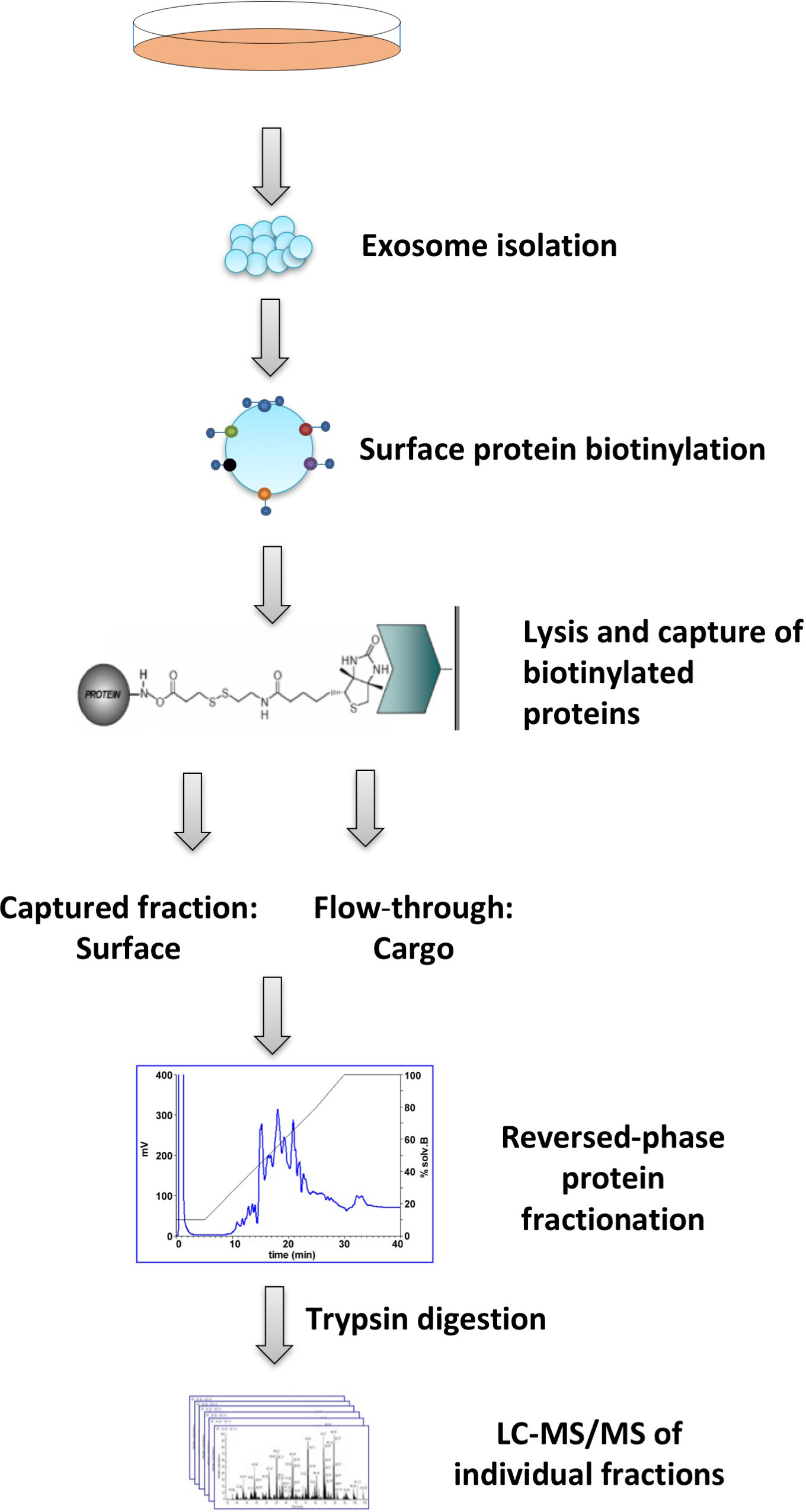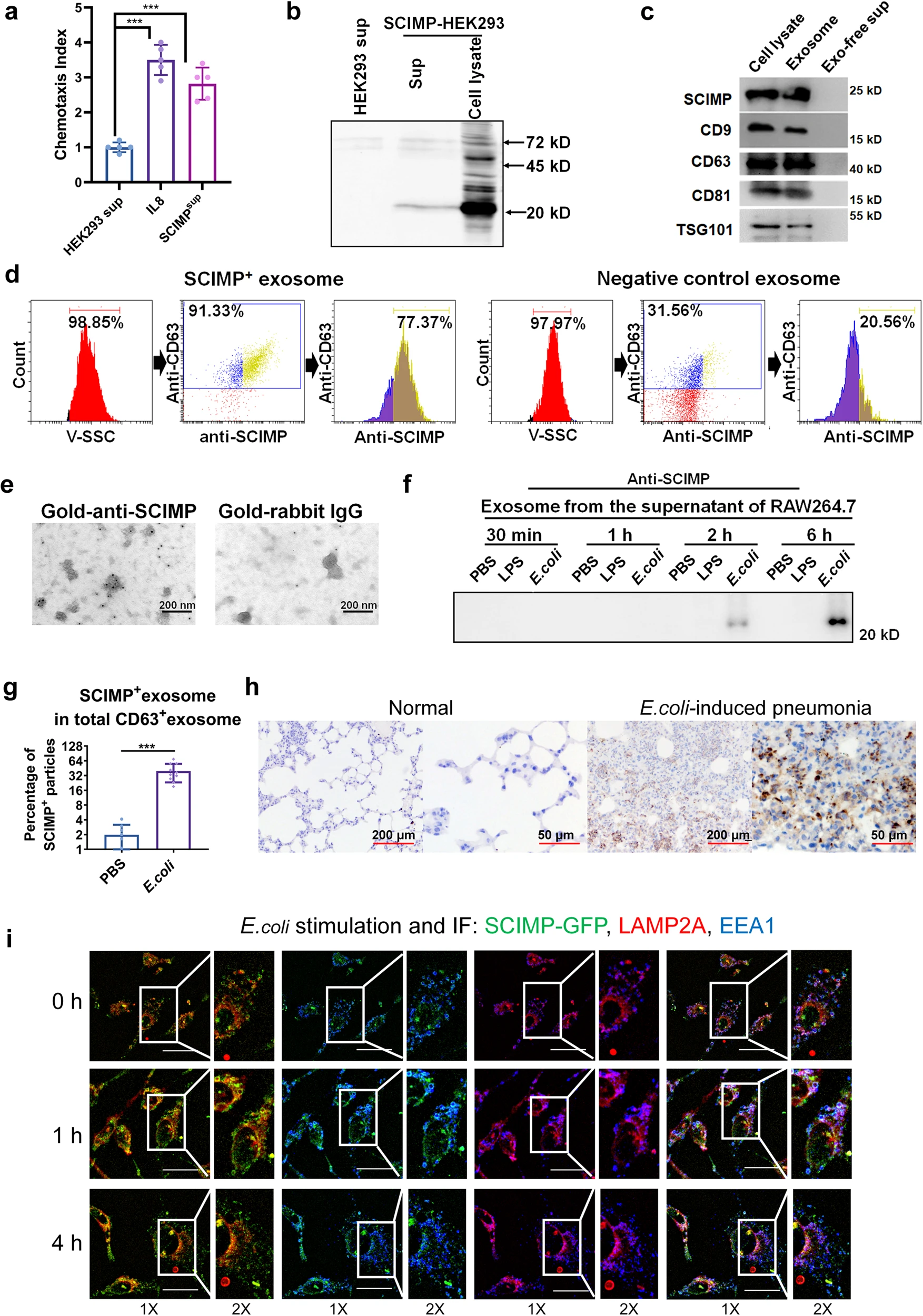Exosomal Protein Isolation and Profiling Service
Exosomal Protein Isolation and Profiling Service utilizes a range of isolation, enrichment, and analysis techniques to efficiently extract and analyze exosomal proteins from biological samples. Exosomes are nanoscale vesicles, 30-150 nm in size, secreted by cells via the multivesicular body (MVB) pathway. They are widely present in bodily fluids such as plasma, urine, saliva, cerebrospinal fluid, and more, containing biomolecules such as proteins, RNA, and lipids. Exosomal Protein refers to the proteins found within exosomes. These proteins are derived from the cells that secrete the exosomes and are transmitted between cells via exosomes, regulating various biological processes. Studying exosomal proteins can help reveal the physiological state of cells, pathological changes, and intercellular interactions between cells. Increasingly, exosomal proteins have been found to serve as potential biomarkers for various diseases, including cancer and liver and kidney diseases.

Castillo J. et al. Annals of Oncology. 2017.
Figure 1. Example Workflow for Exosomal Protein Analysis.
The key steps in Exosomal Protein Isolation and Profiling include exosome isolation, exosomal protein extraction, and protein analysis. Exosome isolation methods include ultracentrifugation, immune capture, density gradient centrifugation, and others. Ultracentrifugation is the most commonly used method, where exosomes are separated from cell supernatant or serum through high-speed centrifugation. Exosomal protein extraction requires appropriate buffers and surfactants to ensure protein integrity and yield. Specific proteins, such as membrane proteins, can be enriched using specific antibodies. There are many methods for protein analysis, such as mass spectrometry, western blot, electrophoresis, ELISA, and others.
Based on optimized exosomal protein isolation methods and a variety of protein analysis techniques, MtoZ Biolabs offers Exosomal Protein Isolation and Profiling Service to efficiently isolate and analyze proteins from exosomes, providing support for understanding the biological functions of exosomes and their potential clinical applications.
Service Advantages
1. Advanced Analysis Platform: MtoZ Biolabs established an advanced Exosomal Protein Isolation and Profiling Service platform, guaranteeing reliable, fast, and highly accurate analysis service.
2. One-Time-Charge: Our pricing is transparent, no hidden fees or additional costs.
3. Comprehensive Protein Analysis Services: We offer various protein analysis services, including but not limited to mass spectrometry analysis, electrophoresis analysis, and Western blot analysis.
FAQ
Q. How to handle low-abundance proteins in exosomes to avoid missing them in mass spectrometry analysis?
1. Exosomal Protein Enrichment and Concentration
Use specific enrichment methods: For example, use immunoaffinity capture or concentration steps to enrich low-abundance proteins in exosomes. This helps increase protein concentration, thus enhancing the detection sensitivity of low-abundance proteins.
Selective enrichment of membrane proteins: Use specific antibodies to enrich membrane proteins or proteins of interest, reducing background noise.
2. Sample Preprocessing Optimization
Remove high-abundance proteins: Employ techniques that remove high-abundance proteins (such as specialized depletion kits or immunoprecipitation) to reduce interference with the detection of low-abundance proteins.
Enhance protein extraction efficiency: Use optimized buffers and detergents during extraction to improve exosomal protein yield, ensuring low-abundance proteins are not lost.
3. Mass Spectrometry Optimization
Use high-sensitivity mass spectrometers: Employ high-resolution, high-sensitivity mass spectrometers to significantly improve the detection of low-abundance proteins.
Multi-stage MS analysis: Utilize fragmentation modes such as ETD and HCD to enhance the fragmentation information of low-abundance proteins, making them easier to identify.
4. Data Analysis Optimization
Denoising and background subtraction: Apply denoising algorithms and background signal subtraction methods to increase the signal-to-noise ratio for low-abundance proteins in the sample.
Case Study
This study explored the role of exosomal protein SCIMP secreted by macrophages in pneumonia. The researchers confirmed through exosome isolation, Western blot, mass spectrometry analysis, ELISA, and functional assays that SCIMP is secreted into exosomes by macrophages stimulated by bacteria and is enriched in the bronchoalveolar lavage fluid and serum of pneumonia patients.

Pei X. et al. Nature Communications. 2024.
Figure 2. SCIMP can be secreted in exosomes by macrophages stimulated with bacteria.
Services at MtoZ Biolabs
MtoZ Biolabs, an integrated Chromatography and Mass Spectrometry (MS) Services Provider, provides advanced proteomics, metabolomics, and biopharmaceutical analysis services to researchers in biochemistry, biotechnology, and biopharmaceutical fields. Our ultimate aim is to provide more rapid, high-throughput, and cost-effective analysis, with exceptional data quality and minimal sample consumption.
How to order?







